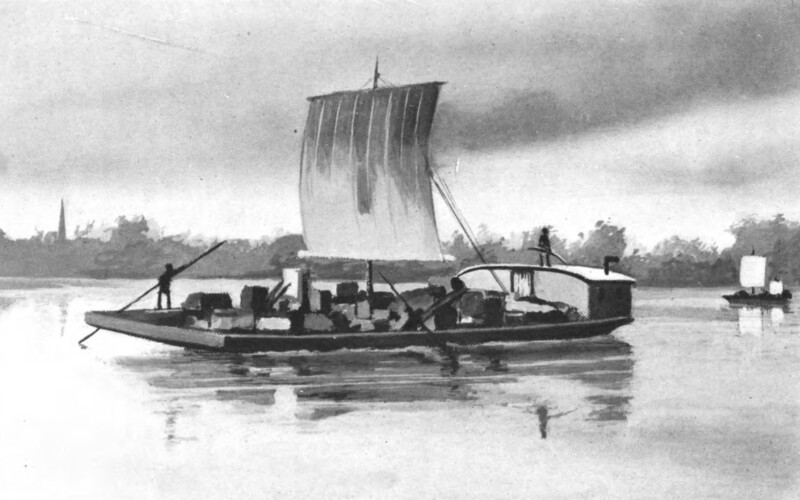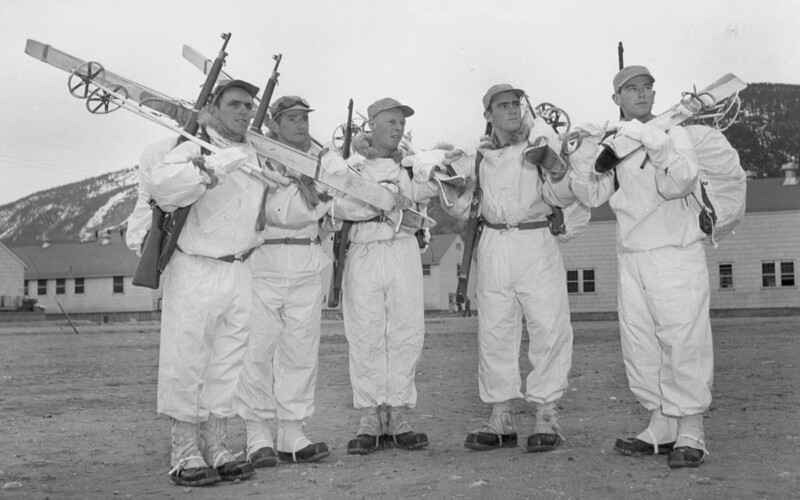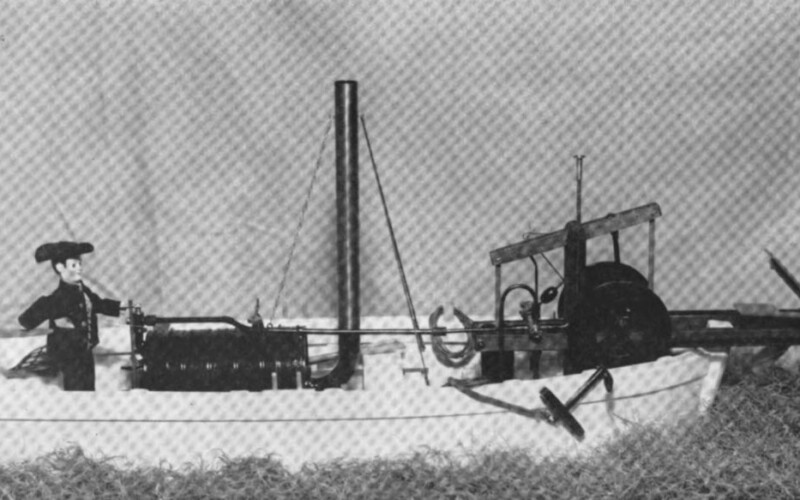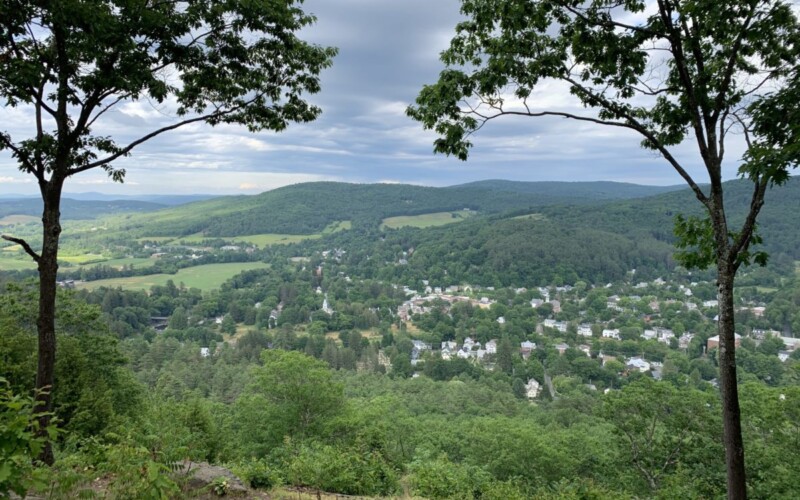We have experience hosting a range of audiences, from college classes to birthday parties to company outings, and we customize our tours to meet your group’s interests and needs.
Book a private tour today
Running from the Canadian border to Long Island Sound, the Connecticut River cuts through the heart of New England. And for a period of about 40 years, a concerted effort …
Read more

Hit the slopes with us as we explore the history of downhill skiing in the United States. We will look at the introduction of modern skiing by Norwegian immigrants, the …
Read more

While New Yorkers laud native son Robert Fulton as the father of the steamboat, his achievements were built upon the work of many other innovators, among them Samuel Morey. Born …
Read more

Vermont is known for its natural beauty, but the National Park Service has only one property in the state, the Marsh-Billings-Rockefeller National Historic Park. Established in 1992, the park tells the …
Read more
